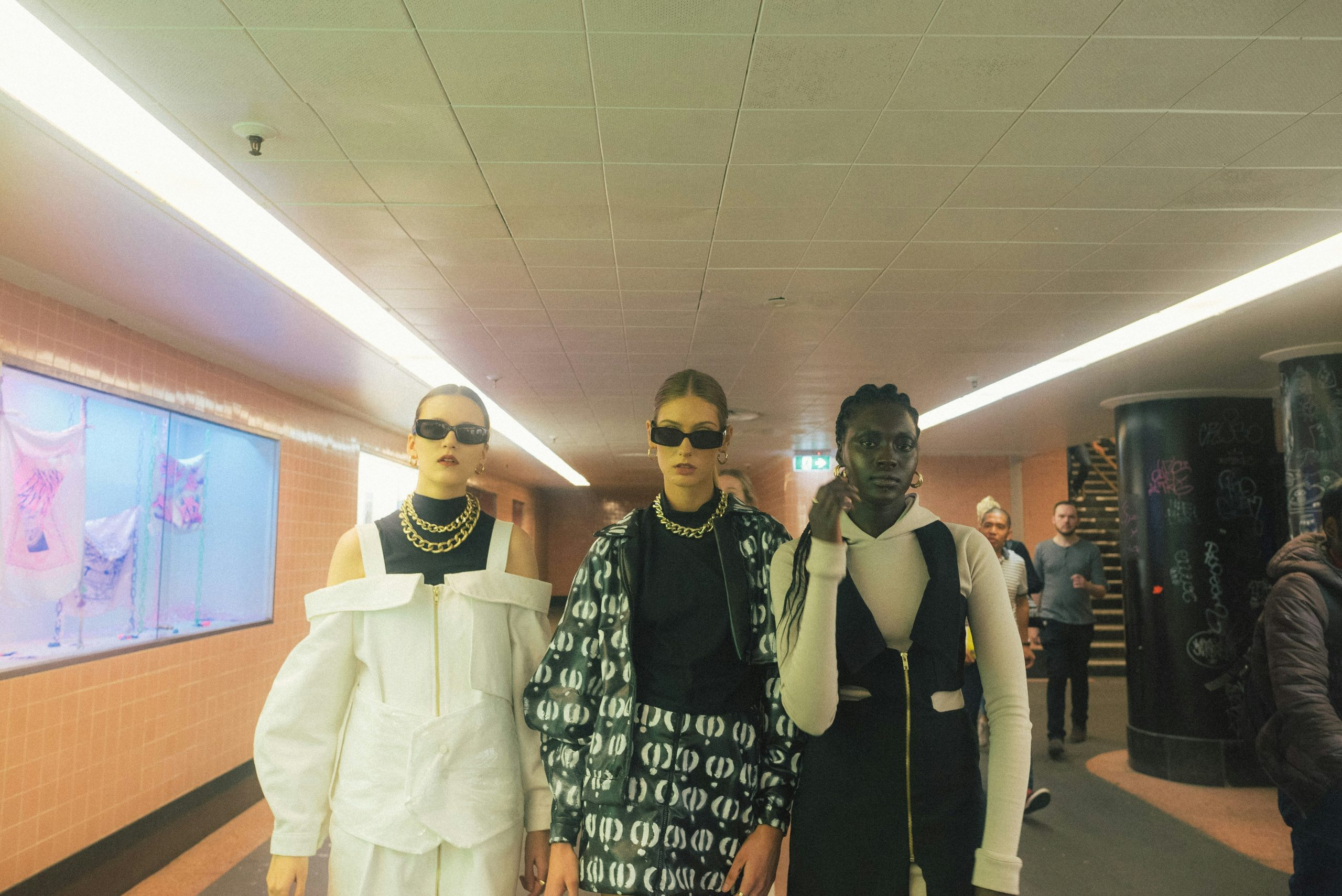How Wearable Tech Is Shaping the Future of Fashion
Imagine a world where the clothes you wear are not just a fashion statement, but also functional pieces of technology. Where your smartwatch can track your steps and heart rate, your jacket can charge your phone, and your shoes can adjust to your gait and provide support. This is not some distant future, but a present reality. Wearable technology, once confined to clunky devices and experimental prototypes, has now become ingrained in the fashion industry. From high-end designer collaborations to affordable fitness accessories, wearable tech is revolutionizing the way we dress and how we interact with our clothing.
The Rise of Wearable Tech in Fashion
The idea of merging technology with fashion may seem like a recent trend, but its roots can be traced back to the 17th century when pockets were first introduced in clothing. Fast forward to the 20th century, and we have seen the integration of zippers, buttons, and even analog watches into our outfits. However, it wasn’t until the early 2000s that wearable tech truly took off with the introduction of the Fitbit fitness tracker in 2007.
Since then, we have seen an explosion of wearable devices, including smartwatches, fitness trackers, and even smart clothing. What started as novelty gadgets has now become essential tools for tracking our health, productivity, and daily activities. But wearables are not just limited to fitness and health; they are now being integrated into fashion for both practical and aesthetic purposes.
How Wearable Tech is Shaping Fashion
1. Function and Performance
One of the most significant benefits of wearable tech in fashion is its ability to enhance the function and performance of our clothing. For example, clothing infused with conductive fabric can act as touchpads, allowing the user to control their devices without taking out their phone. This feature is incredibly useful for professionals who need to stay connected but also need their hands free, such as doctors or chefs.
Similarly, smart clothing can also improve our fitness and sports performance. Sensors embedded in fitness apparel can track our movements, heart rate, and even sweat levels, providing us with data and insights to improve our workouts. The use of compression technology in clothing can also improve circulation and reduce muscle fatigue, making it a popular choice among athletes and fitness enthusiasts.
2. Sustainability
The fashion industry has a significant impact on the environment, with high levels of waste and pollution. Wearable tech presents a solution to this problem by introducing sustainable and eco-friendly materials and production processes. For example, some companies are using recycled materials in their wearable devices and clothing, while others are exploring innovative methods of manufacturing, such as 3D printing.
In addition, wearable tech offers new ways to recycle and repurpose our clothing. The integration of technology can extend the lifespan of our garments, reducing the need for constant replacements and lowering our carbon footprint.
3. Personalization and Self-Expression
With wearable tech, fashion is no longer just about aesthetics, but also about personalization and self-expression. Many wearable devices and smart clothing allow users to customize their features, such as changing the color of LED lights or selecting different watch faces. This option allows individuals to express themselves and stand out in a sea of generic fashion choices.
Moreover, wearable tech is also expanding the possibilities of fashion design. From 3D-printed clothing to interactive garments, designers are exploring new ways to incorporate technology into their creations, creating unique and futuristic pieces that challenge traditional fashion norms.
The Future of Wearable Tech in Fashion
The marriage between technology and fashion is only going to grow stronger in the coming years. With the rise of innovations such as augmented reality, we can expect to see even more interactive and immersive fashion experiences. Imagine trying on clothing in a virtual environment, or attending a fashion show from the comfort of your own home using VR technology.
Furthermore, wearable tech is also expected to continue its growth in the luxury fashion market. High-end brands are incorporating technology into their collections, collaborating with tech giants and innovators to create luxury wearable devices that blend fashion and function seamlessly.
Conclusion
Wearable tech is not just a gimmick; it is shaping the future of fashion in many ways. From enhancing function and performance to promoting sustainability and personalization, it is clear that this trend is here to stay. As technology continues to advance and evolve, we can expect even more exciting developments in the world of wearable fashion. So, are you ready to embrace the future of fashion?










